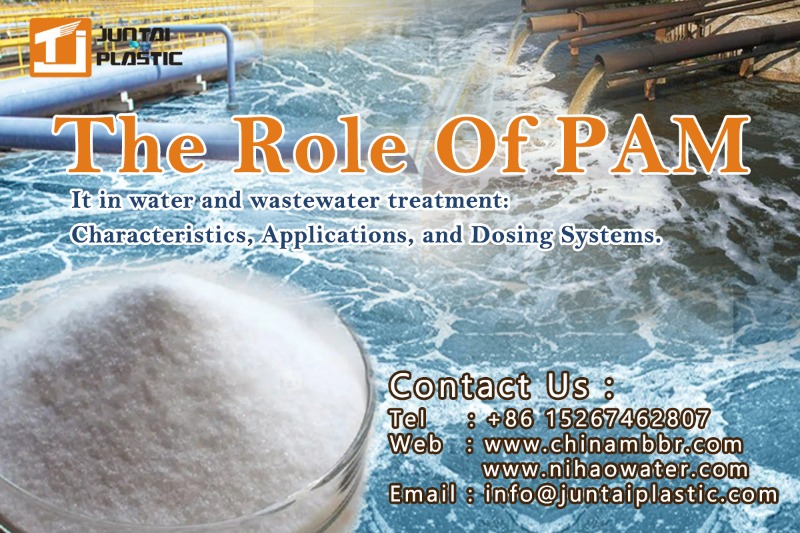To ensure optimal performance and cost-effectiveness, the selection and dosing of PAM flocculant must be based on careful consideration of the specific treatment goals, characteristics of the water or wastewater being treated, and other relevant factors. Close monitoring of treatment processes and regular analysis of water quality parameters are also important to ensure the ongoing effectiveness of PAM flocculant treatment.
In summary, PAM flocculant is a valuable tool in the treatment of water and wastewater that offers numerous benefits, including improved treatment efficiency, enhanced water clarity, and the removal of a wide range of contaminants. Its proper use, in combination with appropriate dosing systems and monitoring, can help to ensure the success of treatment processes and the achievement of desired treatment outcomes.
Overall, flocculants play an important role in water and wastewater treatment by helping to remove suspended solids and other contaminants from water. One of the key characteristics of flocculants is their ability to create larger flocs that are easier to remove from water, making treatment processes more efficient and effective.
Another important characteristic of flocculants is their wide range of applicability. Flocculants can be used in a variety of industries and applications, including municipal water and wastewater treatment, mining, oil and gas, and pulp and paper production. They can also be used in niche applications, such as freeze-dried flocculent powder EGF face serums in the cosmetic industry.
When it comes to selecting a flocculant, it is important to consider factors such as the size and type of suspended solids, the characteristics of the water or wastewater stream, and the desired treatment outcomes. There are many different types of flocculants available, including natural polymers such as chitosan and synthetic polymers such as polyacrylamide.
Flocculator price can vary depending on the size and complexity of the device, with larger and more advanced systems typically being more expensive. Similarly, the cost of flocculant powder or flocculant tank can depend on factors such as the volume of water being treated and the desired treatment outcomes.
In addition to flocculants, coagulant flocculants are also commonly used in water and wastewater treatment processes. Coagulant flocculants work by first destabilizing suspended particles through the addition of a coagulant, before adding a flocculant to cause the particles to clump together and form flocs. This two-step process can help to improve treatment efficiency and enhance the removal of suspended solids from water.
To ensure optimal performance, it is important to carefully monitor and control the dosing of flocculants and coagulant flocculants. Flocculant dosing systems are available to automate the dosing process and ensure accurate and consistent dosing levels. This can help to reduce operating costs and improve treatment efficiency.
Before implementing a flocculant or coagulant flocculant treatment process, it is often necessary to conduct a flocculation jar test or laboratory flocculation tester. These tests can help to determine the optimal dosing levels and treatment parameters for a specific water or wastewater stream, ensuring that treatment processes are effective and efficient.
In conclusion, flocculants are an essential component in many water and wastewater treatment processes, offering numerous benefits for a range of applications. From municipal water and wastewater treatment to niche applications such as freeze-dried flocculent powder EGF face serums, flocculants can help to improve treatment efficiency and achieve optimal water quality. By carefully selecting the appropriate flocculant and monitoring dosing levels, treatment processes can be optimized to achieve desired treatment outcomes.
